Understanding ROI in Digital Marketing: A Comprehensive Guide

 Understanding ROI in Digital Marketing: A Comprehensive Guide Master the fundamentals of measuring return on investment in digital marketing campaigns. Learn practical strategies to calculate, track, and optimize your marketing ROI for maximum business growth. Return on investment (ROI) serves as the cornerstone metric for evaluating digital marketing success. Understanding how to calculate, track, and optimize ROI enables businesses to make data-driven decisions that drive sustainable growth and maximize marketing effectiveness. What is Digital Marketing ROI? Digital marketing ROI measures the financial return generated from your marketing investments compared to the costs incurred. This metric provides clear insight into which campaigns, channels, and strategies deliver the highest value for your business. The basic ROI formula is straightforward: (Revenue Generated – Marketing Investment) / Marketing Investment × 100 = ROI Percentage. However, digital marketing ROI calculations often require more nuanced approaches to account for various factors including attribution models, customer lifetime value, and multi-touch campaigns. Key Components of ROI Calculation Revenue Attribution Accurate revenue attribution forms the foundation of reliable ROI calculations. This involves tracking how customers interact with your marketing touchpoints before making purchases. First-click attribution credits the initial touchpoint, while last-click attribution assigns credit to the final interaction before conversion. Multi-touch attribution provides a more comprehensive view by distributing credit across multiple touchpoints throughout the customer journey. This approach offers deeper insights into how different marketing channels work together to drive conversions. Cost Considerations Comprehensive cost tracking includes direct advertising spend, creative development expenses, platform fees, and internal labor costs. Many businesses underestimate their true marketing costs by overlooking indirect expenses such as software subscriptions, training, and opportunity costs. Time-based cost allocation helps distribute expenses across relevant campaigns and timeframes. For example, creative assets used across multiple campaigns should have their development costs allocated proportionally to each campaign’s duration…
Understanding ROI in Digital Marketing: A Comprehensive Guide Master the fundamentals of measuring return on investment in digital marketing campaigns. Learn practical strategies to calculate, track, and optimize your marketing ROI for maximum business growth. Return on investment (ROI) serves as the cornerstone metric for evaluating digital marketing success. Understanding how to calculate, track, and optimize ROI enables businesses to make data-driven decisions that drive sustainable growth and maximize marketing effectiveness. What is Digital Marketing ROI? Digital marketing ROI measures the financial return generated from your marketing investments compared to the costs incurred. This metric provides clear insight into which campaigns, channels, and strategies deliver the highest value for your business. The basic ROI formula is straightforward: (Revenue Generated – Marketing Investment) / Marketing Investment × 100 = ROI Percentage. However, digital marketing ROI calculations often require more nuanced approaches to account for various factors including attribution models, customer lifetime value, and multi-touch campaigns. Key Components of ROI Calculation Revenue Attribution Accurate revenue attribution forms the foundation of reliable ROI calculations. This involves tracking how customers interact with your marketing touchpoints before making purchases. First-click attribution credits the initial touchpoint, while last-click attribution assigns credit to the final interaction before conversion. Multi-touch attribution provides a more comprehensive view by distributing credit across multiple touchpoints throughout the customer journey. This approach offers deeper insights into how different marketing channels work together to drive conversions. Cost Considerations Comprehensive cost tracking includes direct advertising spend, creative development expenses, platform fees, and internal labor costs. Many businesses underestimate their true marketing costs by overlooking indirect expenses such as software subscriptions, training, and opportunity costs. Time-based cost allocation helps distribute expenses across relevant campaigns and timeframes. For example, creative assets used across multiple campaigns should have their development costs allocated proportionally to each campaign’s duration…











































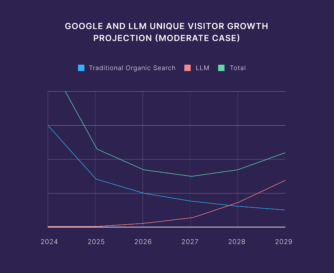













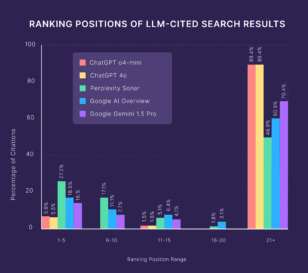
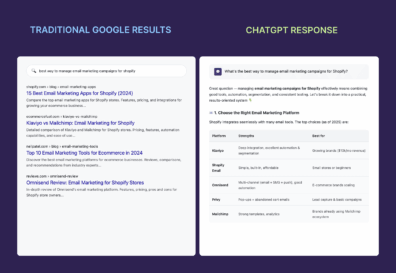
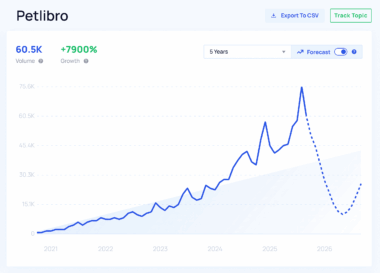

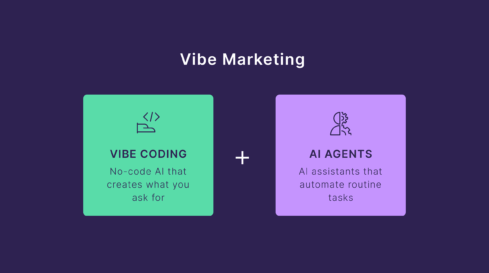


























No comments yet.